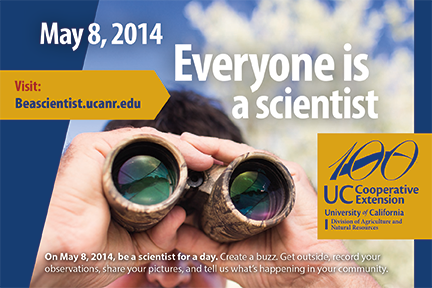
Posts Tagged: day of science
Where the Bees Are
Do you now where the bees are? On Thursday, May 8 let's all step outside for three minutes and count the honey bees and other pollinators. It's all part of the "Day of Science and Service" sponsored by the University of California Agriculture and Natural Resources (UC...

Honey bees clustering on pomegranate blossom. (Photo by Kathy Keatley Garvey)
Farmers encouraged to put water conservation efforts on the map
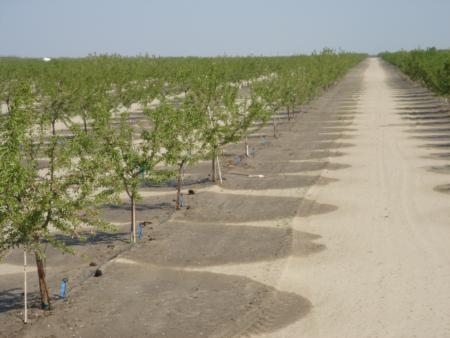
To mark its centennial anniversary, UCCE is hosting a Day of Science and Service to engage all Californians in creating an extensive statewide dataset on pollinators, food and water. Farmers may attend any of the myriad public celebrations on May 8. Computers will be available at the events for participation in the citizen science project. Or, if their schedules do not permit, they can quickly link in on their own computers or smart phones to record their efforts.
To participate, farmers can open http://beascientist.ucanr.edu. Click on the icon for water and find the farm on the map or search by address. The survey is set up for all California residents to record their water-saving in the household, garden and landscape. Farmers can click on the boxes that reflect their agriculture operations' water-saving strategies:
o Using drip/micro irrigation
o Scheduling irrigation efficiently
o Changing to drought-tolerant crops
o Using deficit irrigation
o Managing the soil
o Other
The system also allows users to upload a related photo. The whole process takes about a minute. No registration is necessary and the system doesn't collect email addresses. Twitter users can tweet about their participation in the Day of Science and Service using the hashtag #beascientist.
In addition to providing a better understanding of ongoing water-saving efforts, the Day of Science and Service aims to raise awareness about water conservation on farms and in households. Given the size of California, small savings across the board add up to a significant amount of water.
“Right now California is experiencing one of the worst droughts on record,” said Darren Haver, UCCE advisor in Orange County. “Some communities may run out of water in the next 10 years. If everyone in the state saves at least 10 gallons a month, we will be able to save over four and a half billion gallons a year.”
Pollinators in trouble
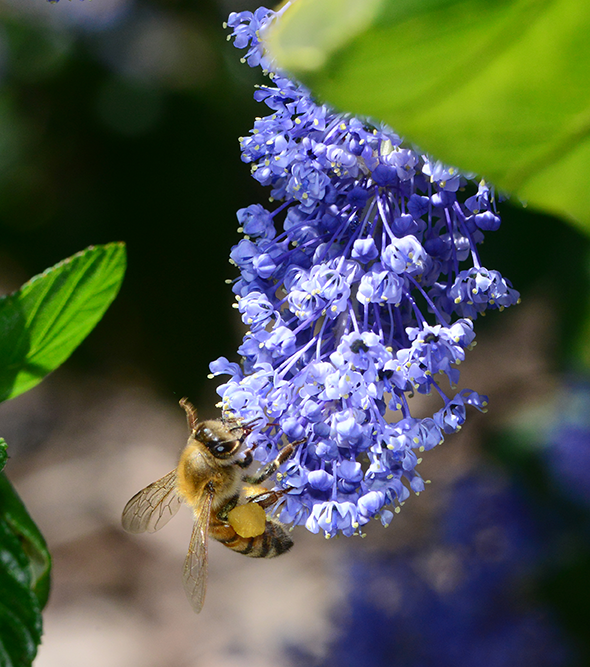
“I'll be holding a precious resource in my hands, one that is essential to life on earth,” says Allen-Diaz. “I'll be placing my hands in Norm's hands to raise awareness about the value of honeybees.”
While raising money for education is certainly a worthy goal, as Allen-Diaz says, the event also draws attention to the plight of our most important agricultural pollinator. In 2006, a number of beekeepers in the Western U.S. noticed their hives had lost 30 to 70 percent of their worker bees. The phenomenon, now known as colony collapse disorder (CCD), is still not fully understood, though a number of factors are believed to be involved. They include habitat loss or degradation and fragmentation, poor nutrition, certain bee management and agricultural practices, natural and chemical toxins, diseases, and parasites. Any one of these factors can affect the insects' ability to combat any of the others. Isolating a single cause, if there is one, has proved elusive.
Many of the fruits and vegetables on the tables of the world are pollinated by insects, particularly bees, and if they were to disappear, our sources of plant food would be restricted to grains and not too much else. It's no wonder CCD is such a concern (for example, see the United Nations Environmental Program 2010 report on Global Bee Colony Disorder and USDA, Honey Bees and Colony Collapse Disorder.
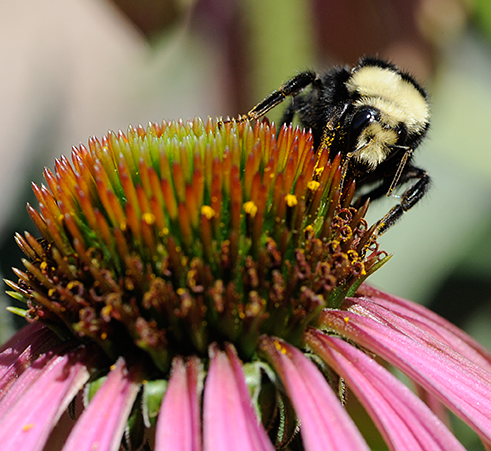
As human population grows and becomes more urban, and as habitats get more fragmented, it is no longer adequate to focus conservation efforts merely in non-urban, non-working landscapes.
“We need to figure out how to accommodate as many native species as possible in these kinds of places,” says Patrick Huber of the City of Davis Open Space and Habitat Commission, which has adopted pollinator habitat enhancement as a working goal. The Commission is working to compile a GIS dataset of known big patches of habitat in Davis, in order map pollinator resources around town.
Huber is a geographer in the Landscape Analysis and Systems Research lab at UC Davis, where he focuses on spatial scale in conservation planning. He is working on a tool to help match gardeners with plants that will grow well in their regions, that are locally available, and that provide a network of resources for pollinators throughout the urban landscape and on into the agricultural landscape. For the moment this project is being piloted in Davis, but the hope is to expand it to other communities, tying in resources such as CalFlora.
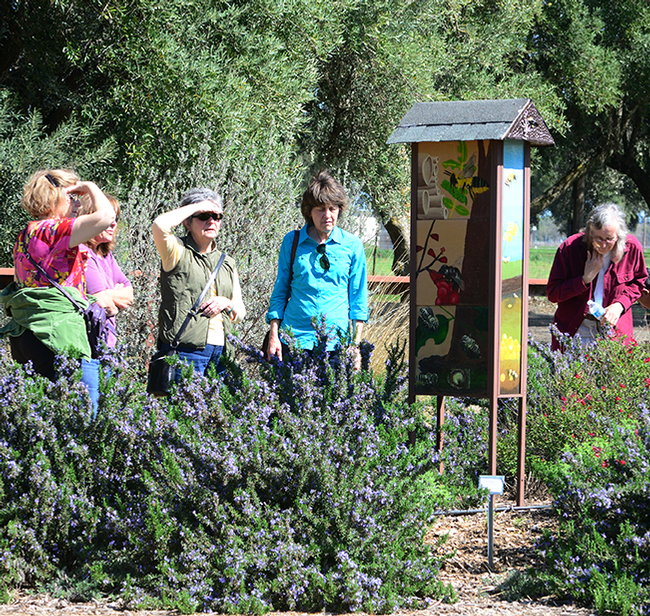
- Planning for succession blooming (in the Central Valley, that means late winter through fall)
- Putting plants in clumps at least 4 feet long if possible (honeybees, especially, like to specialize)
- Putting in plants that provide both nectar and pollen (nectar is fuel for adult bees, pollen is protein for the young)
- Using native plants where possible; they're drought tolerant and have what our native bees need
- Avoiding most-toxic pesticides and herbicides
- Providing a clean source of water (a slow-dripping tap on a sloped surface is ideal; bees like to drink from very shallow sources)
- Providing cavity nest holes in wood for carpenter and other bees
- Leaving some areas of gardens unmulched for ground-nesting bees
There are ways the agricultural landscape can be made more hospitable, too. Neal Williams, professor of entomology at UC Davis, has been working on a project to install 600- to 800-meter plots of flowering plants alongside large fields as resources for pollinators. This has moved out of the trial phase into test plots in coastal and foothill areas as well as in the Central Valley.
Meanwhile, we can all help count our pollinators on May 8, the Day of Science and Service to celebrate 100 years of Cooperative Extension in California. We'll be conducting our own pollinator count here outside the ANR building in Davis: join us, or let us know about yours!
Many thanks to Kathy Keatley Garvey for use of her photos.

